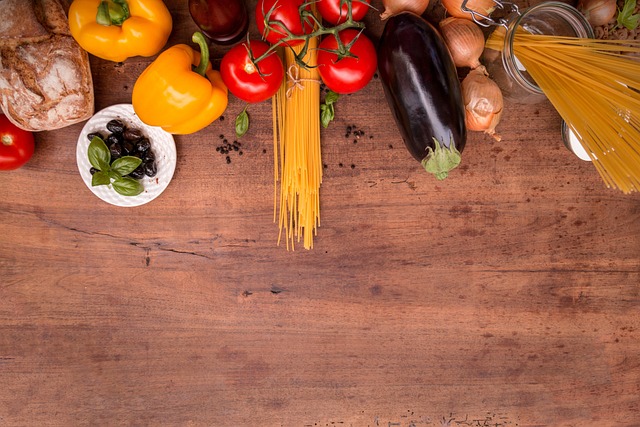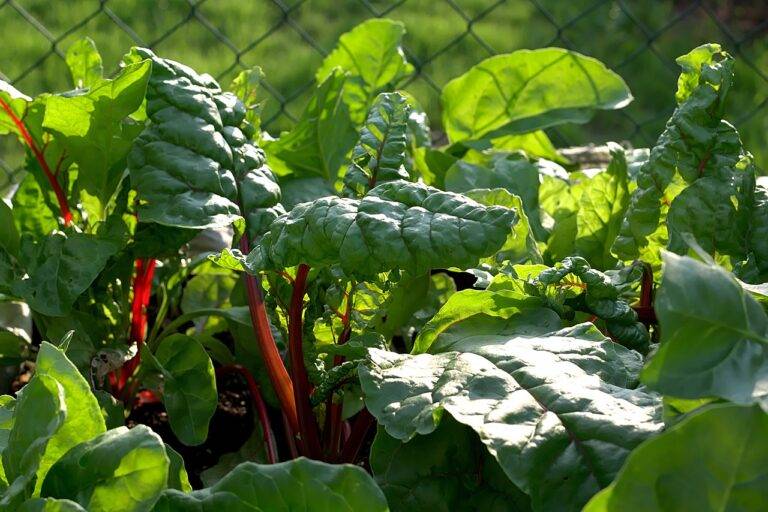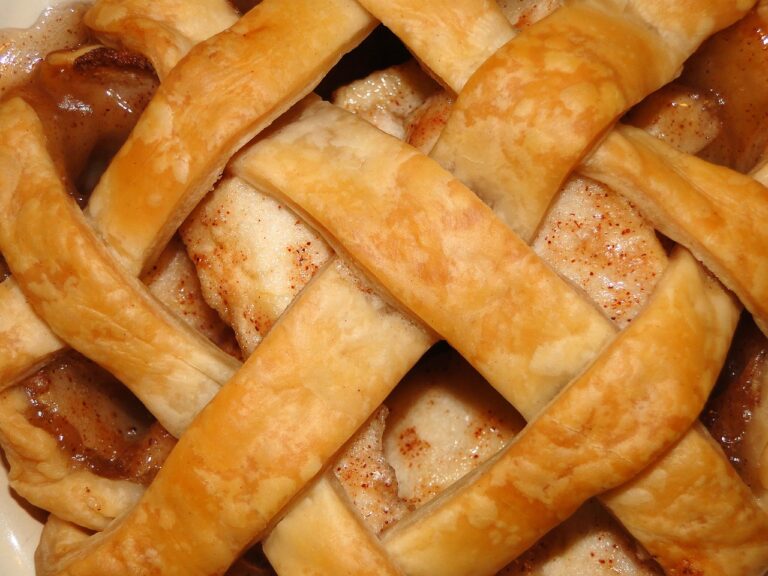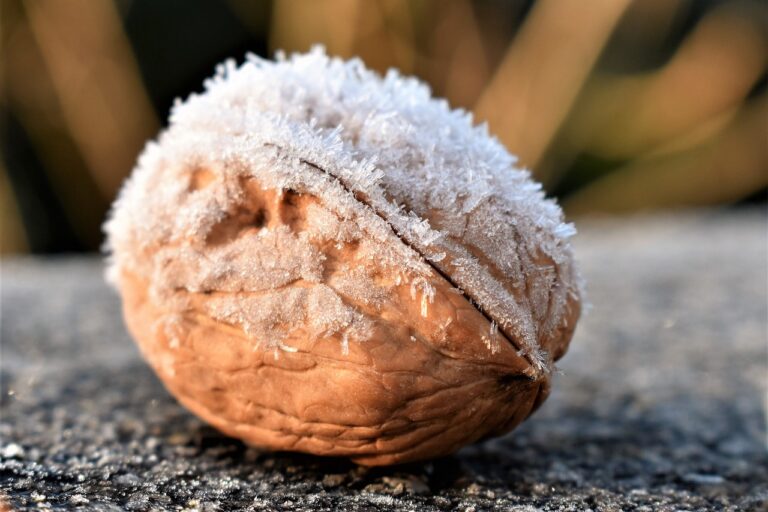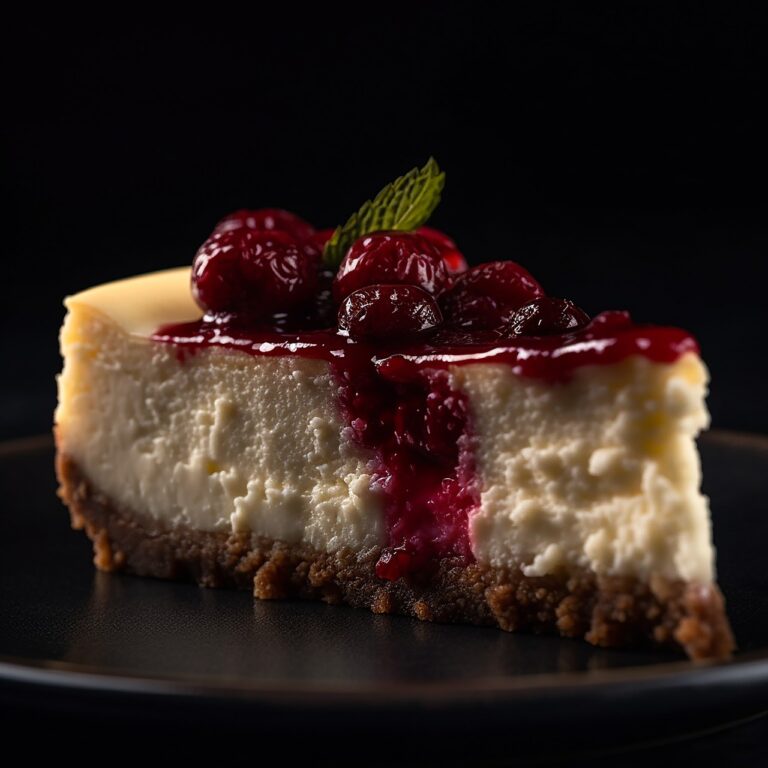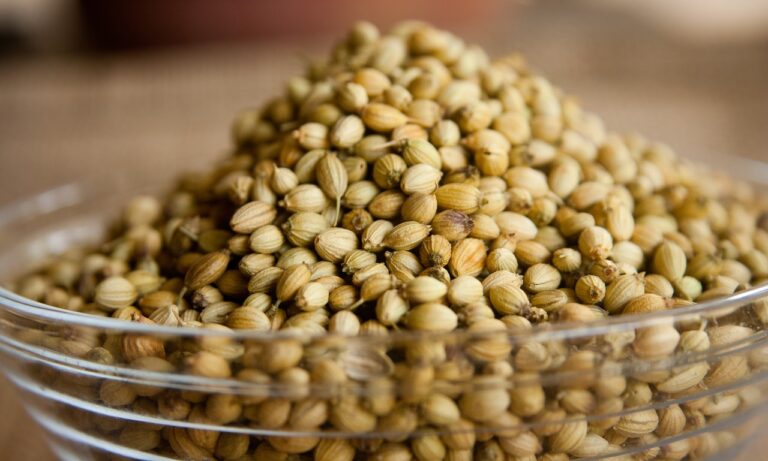The Ultimate Guide to Tea: Types, Brewing Methods, and Tasting
When exploring the vast world of tea, it is important to understand the different types available to suit every taste preference. From the popular black tea with its bold flavor to the delicate and fragrant white tea, there is a tea variety for every occasion and mood. Green tea offers a grassy and fresh taste, while oolong tea falls between the green and black varieties, providing a nuanced and complex flavor profile.
Herbal teas, on the other hand, offer a caffeine-free alternative with a wide range of flavors, from the calming chamomile to the invigorating peppermint. Each type of tea brings its own unique characteristics to the table, making the world of tea a diverse and exciting realm to explore for both novices and connoisseurs alike.
Different Brewing Methods
When it comes to brewing a perfect cup of tea, there are several methods to choose from. One common method is the traditional way of steeping loose tea leaves in hot water. This method allows the leaves to fully expand and release their flavors, resulting in a rich and aromatic brew.
Alternatively, tea bags can be used for a quicker and more convenient brewing process. The tea is pre-packaged in these bags, allowing for easy steeping without the need for a separate infuser. While the flavors may not be as nuanced as with loose leaf tea, tea bags are a convenient option for those on the go or looking for a more hassle-free brewing experience.
The Art of Tasting Tea
Upon sipping tea, one must pay close attention to the nuances of flavor and aroma that unfold on the palate. It is essential to take note of the liquor’s body, whether it is light and delicate or robust and full-bodied. The temperature of the brew also impacts the overall taste – too hot and it may scald the tongue, too cool and the flavors may not fully develop.
In addition to the basic components of taste, the act of slurping tea allows for oxygen to interact with the liquid, enhancing the flavors further. The act of swirling the tea in the mouth, aerates it, unlocking hidden layers of taste that may otherwise go unnoticed. The aftertaste, or finish, of the tea reveals much about its quality and depth of flavor, lingering on the palate long after the last sip has been taken.
• Pay close attention to the nuances of flavor and aroma
• Note the body of the tea – light or robust
• Consider the temperature of the brew for optimal taste
• Slurping tea allows oxygen to enhance flavors
• Swirling tea in mouth aerates it, unlocking hidden layers of taste
• The aftertaste reveals quality and depth of flavor
What are the different types of tea?
The main types of tea are black, green, oolong, white, and herbal tea.
What are the different brewing methods for tea?
The brewing methods for tea can vary depending on the type of tea, but common methods include steeping in hot water, using a tea infuser or tea bags, and using a tea kettle.
How can I improve my tea tasting skills?
To improve your tea tasting skills, try to focus on the aroma, flavor, and body of the tea. Take note of the color, smell, and taste of the tea to fully appreciate its complexity.
Can I use the same brewing method for all types of tea?
While some brewing methods may work for multiple types of tea, it’s best to follow the specific instructions for each type to ensure the best flavor and experience.
Are there any tips for enhancing the tea tasting experience?
Some tips for enhancing the tea tasting experience include using high-quality tea leaves, brewing the tea at the correct temperature and steeping time, and experimenting with different brewing methods to find what works best for you.

